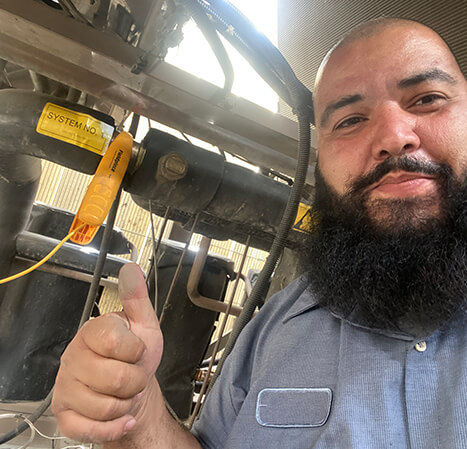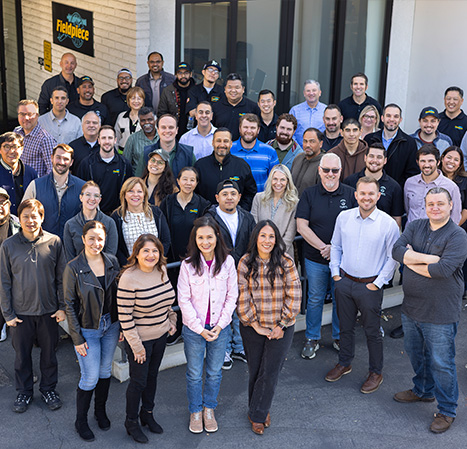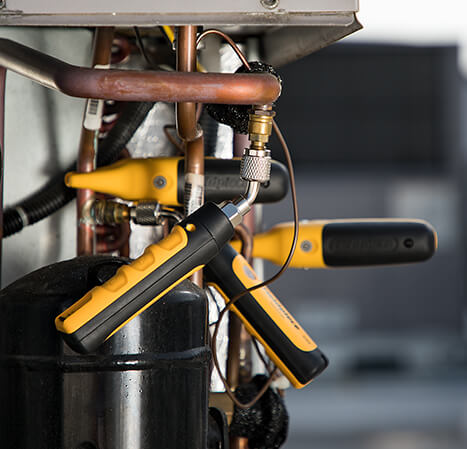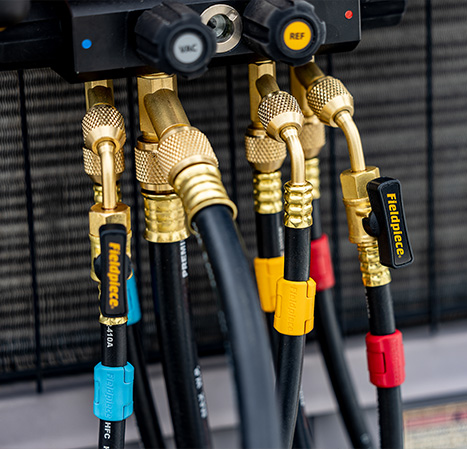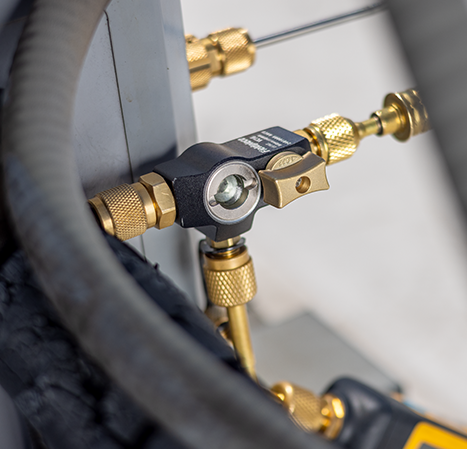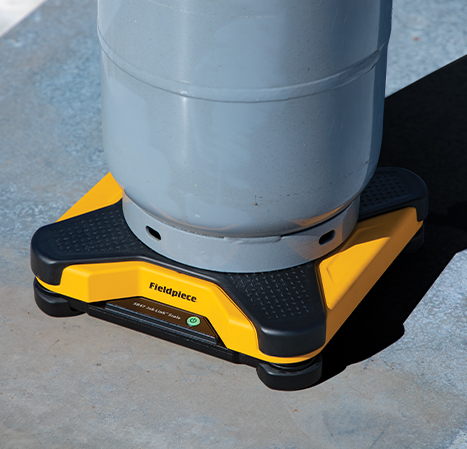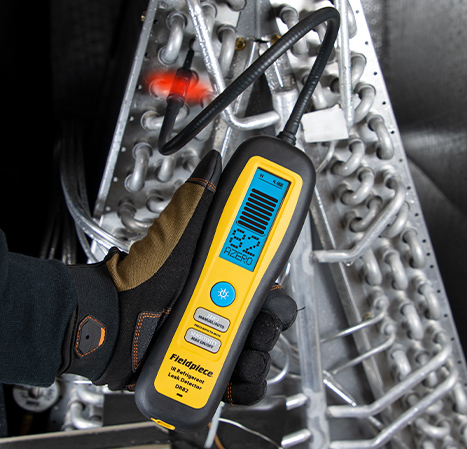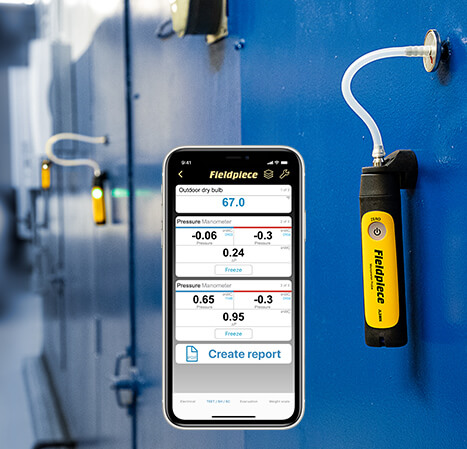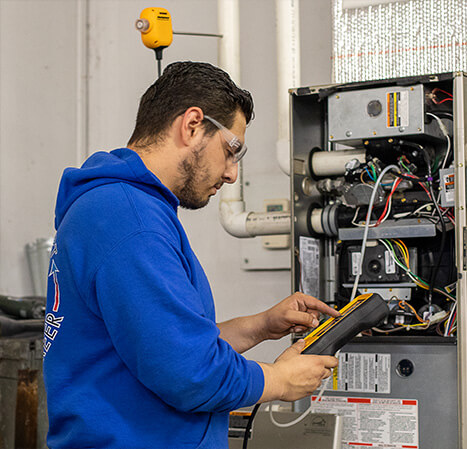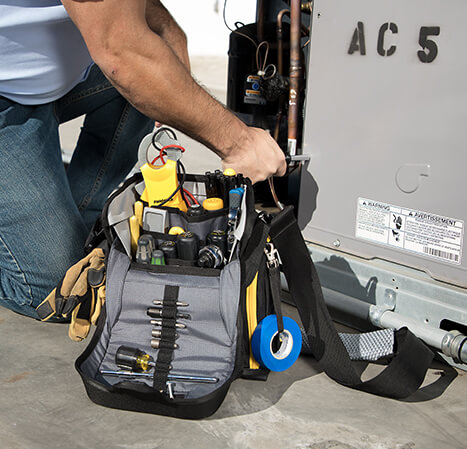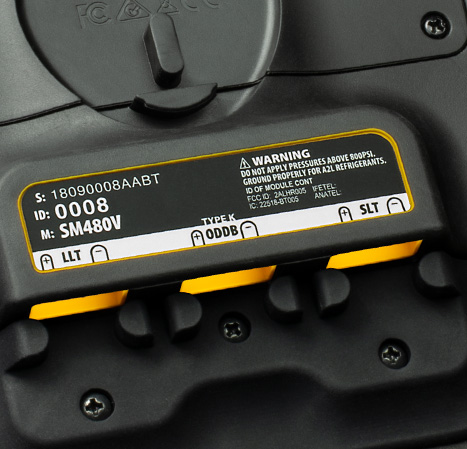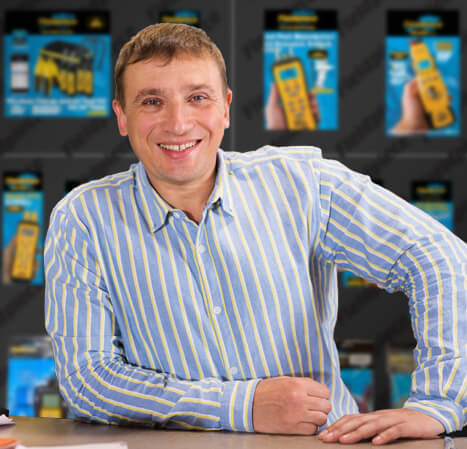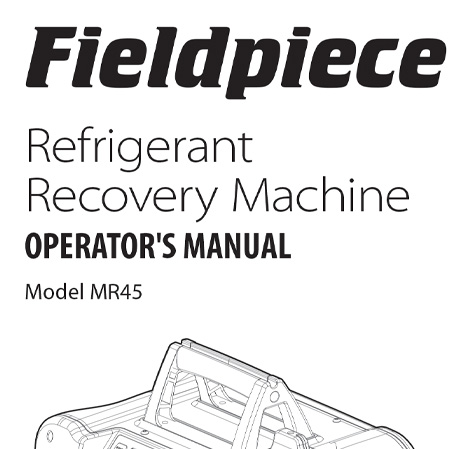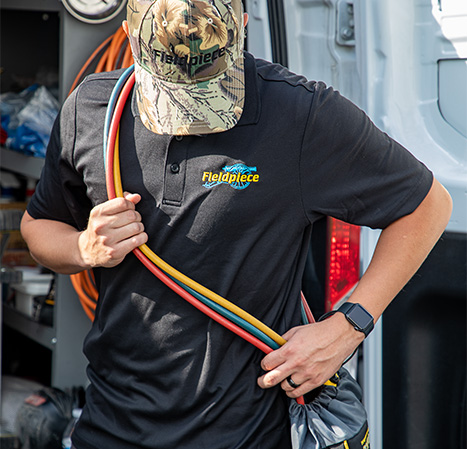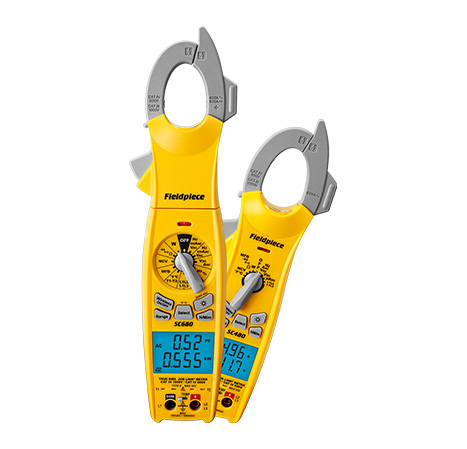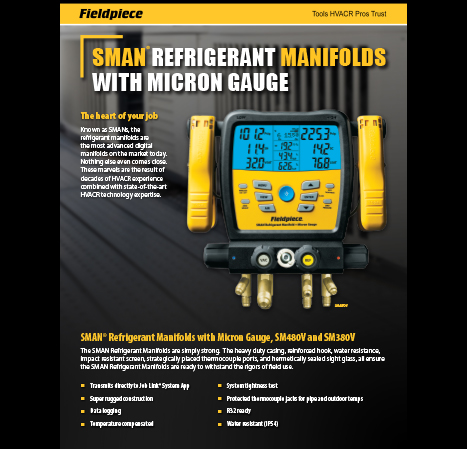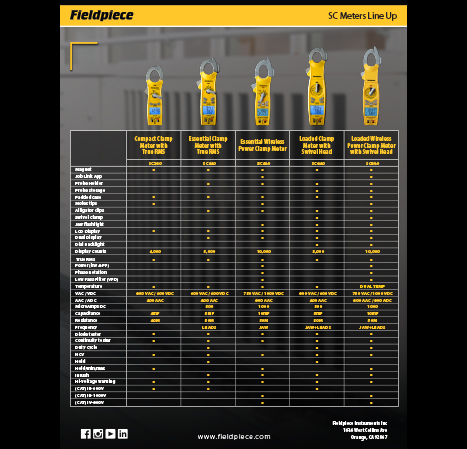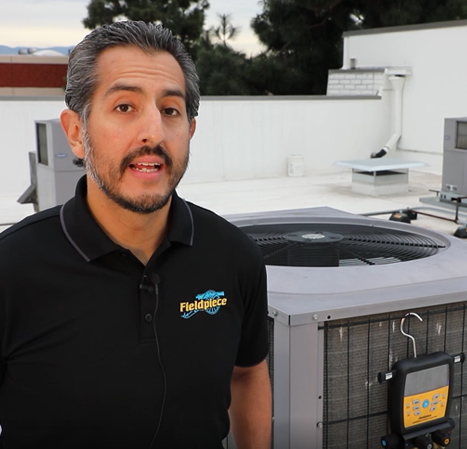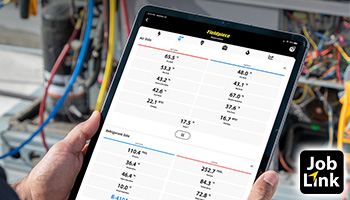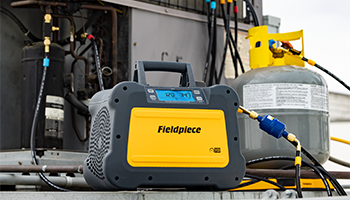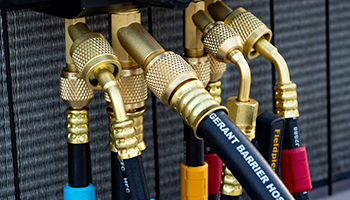HVAC wireless tool apps put data at your fingertips, consolidate customer system information and history, and ultimately, enable you to work faster and smarter. The best of the bunch – the Job Link® System app, makes you look like the pro you are with professional quotes, invoices, and service reports. Here are a few more of the biggest reasons to go digital.
Built-in Data Integrity
A wireless app connects to all your wireless tools across a job site – from digital manifolds and psychrometers, to pipe clamps and manometer probes. You then have a full-spectrum view of system performance throughout a service call. Additionally, with wireless probes, you can save valuable time by placing individual probes exactly where you need them and not spend time checking individual measurements and moving tools from one spot to another. The Job Link app also reduces your need to scribble calculations on a random scrap of paper, as the system calculates critical values and helps you to diagnose issues if the numbers don’t align with typical data. Also, measurements and calculations may be recorded by the app directly from the tools, offering a higher level of precision, efficiency, and service integrity.
Ditch the Clipboard and Pen
Never have that mad search for a pen in your service truck again. Checklists, customer files, and photos previously kept on a clipboard or filed in an office folder are now stored in the cloud and accessible directly through the app. Every tech has complete access to account history wherever they are.
Additionally, Job Link tracks jobs, helps organize and assign teams, and generates instant customer reports on-site. Its unique geolocation tagging functionality also allows a tech to drop a pin on a location and add system info. That way, future job planning includes all the details of previous service calls.
Job Site Quoting and Invoicing
The Job Link System also integrates with QuickBooks and creates and sends custom invoices with full job details. Right away, customers have a bird’s-eye view of the work that was done and can authorize payment. The app also helps develop quotes for work to be done eliminating paperwork for you and your customer.
Live Look-ins for Diagnostic Help
Have you ever wished a master tech could teleport to your job site? If you need a second set of eyes on the data you’re seeing, the Job Link app will instantly connect to another tech or the office to help diagnose a problem. Through remote access, everyone sees the system measurements in real-time, making diagnosing problems easier and reducing call-backs. This indispensable training and support tool helps techs benefit from the support of their teams, enabling quicker diagnostics and avoiding potential delays.
Go wireless today to streamline your service calls and make the Fieldpiece Job Link System app part of your toolkit. Explore all its unique features: www.fieldpiece.com/product-category/job-link-system/.
 English
English French
French Spanish
Spanish

